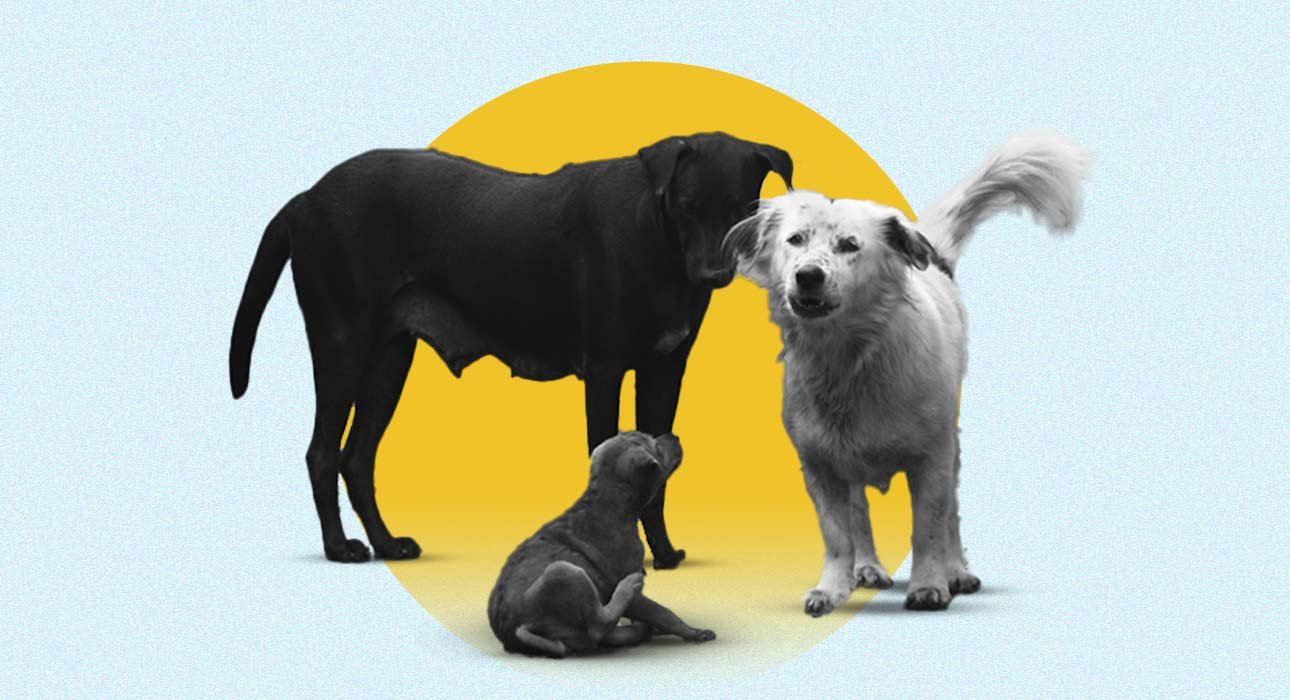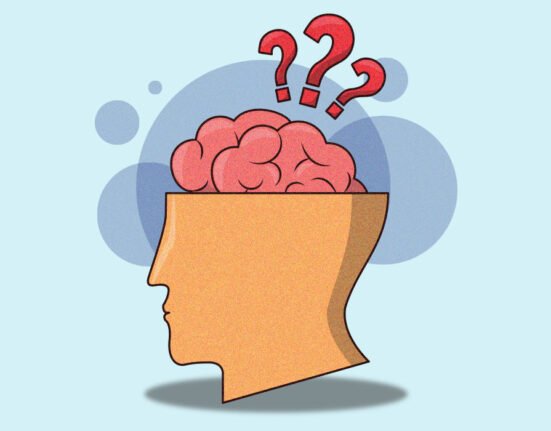The recent judicial and legal developments in India indicate a complex imbalance between the continued exploitation of animals for human needs and growing empathy for animals. The nation’s judicial system has long upheld the idea that treating animals cruelly betrays our common humanity by acknowledging their inherent rights (Shanker, A., Kempers, E. B., 2022). However, there are still large gaps in the actual application of legal protections, suggesting a persistent conflict between progressive judicial discourse and legal, cultural, and economic practices that encourage animal exploitation (Hall, C., 2023).
Read More: What Relation Do Humans And Animals Share?
Supreme Court’s Initial “Shelter Directive” and its Reversal
Early in August 2025, the Supreme Court of India rolled out a historic decision mandating that all stray dogs in Delhi-NCR be housed in shelters and prohibited from returning to the streets due to a rise in dog bites and rabies cases. This “catch-and-keep” regulation, which demanded removal within eight weeks and the creation of shelters, was swiftly criticised for ignoring scientific evidence and current Animal Birth Control (ABC) practices. Delhi’s incapacity to maintain suitable shelters and the lack of enough shelters were emphasised by critics, who also cautioned about potential harm to dogs due to factors like cramped spaces and poor maintenance of the shelters.

By August 22, however, the Supreme Court changed its position in response to legal appeals and protests nationwide. Except for rabid or aggressive dogs, the revised order mandated that healthy stray dogs be sterilised, vaccinated, and returned to their original locations. Feeding in the streets was prohibited; instead, each ward had to have a designated feeding area. Authorities welcomed and applauded this humane correction in the judgment.
Read More: Delhi’s Bold Move on Street Dogs: Supreme Court’s 8-Week Plan
Persistent Gaps Between Law and Practice
Practical difficulties persist despite legal advancements. Because court rulings frequently uncover inconsistencies, the control of stray dog populations and the killing of suffering animals continue to be contentious issues. Animal birth control laws and other policies permit the practice of euthanasia under certain conditions, despite the legal framework’s emphasis on humane treatment and the criminalisation of animal cruelty. This is a reflection of established speciesism and economic considerations (Choudhary, L., & Daga, H., 2024). Legal ambivalence demonstrates that, despite progressive court decisions, enforcement is often hampered by systemic biases against granting animals’ rights.
The Psychology of Empathy and Exploitation
Animal empathy is a psychological problem in addition to a moral one. Prosocial behaviour is based on empathy, or the capacity to comprehend and experience another person’s feelings. It broadens the scope of morality beyond human society when it comes to animals. However, reducing empathy normalises cruelty, which can lead to a domino effect in how people treat one another.
Research indicates that violence against animals and violence against humans are frequently related. In India, a society’s compassion can be undermined by frequent exposure to customs like animal sacrifice, the slaughter of stray animals, or disdain for working animals. The moral bar for accepting violence in general is lowered once cruelty is accepted by society.
1. Emotional Toll on Animal Advocates
People who work with animals for a living (veterinarians, shelter workers, or animal rights activists) can suffer a lot in silence. They can help less and less as they see abuse, neglect, and suffering happen every day to animals that people want to keep out of public places. Compassion fatigue is a common form of emotional exhaustion that makes it hard for people to care for others due to extreme levels of burnout or hopelessness. This can eventually result in the painful decision to stop advocating altogether. A painful cycle comes into existence: the more cruelty persists, the more society’s empathy weakens, and the more the very people fighting for these voiceless beings are drained of the strength they need to continue.
2. Speciesism and Psychological Distancing
Another barrier is speciesism-based psychological distancing, which holds that human needs are always higher than those of animals. In Indian culture, people sometimes use religion, heritage, or subsistence practices like industrial farming or ritual sacrifice as excuses to take advantage of others. However, these practices exist simultaneously along with traditional theories of compassion that stress non-violence towards all living beings, for example, Ahimsa in Buddhist, Jain, and Hindu traditions. This paradox tells us how cultural narratives can either cultivate empathy or sustain exploitation in the minds of individuals, depending upon the values that are emphasised.
3. Cultural Narratives, Social Hierarchies, and Inclusive Ethics of Care
This dynamic shows how speciesism and social structures work together. In the past, people who were on the outside have been dehumanised or compared to animals to make exploitation seem okay. So, the refusal to recognise the rights of animals shows how people are biased against other people and how hierarchical thinking keeps people and animals oppressed.

Redefining animal protection as a part of a broader commitment to social justice is therefore imperative. Human value is not diminished by respecting the dignity of animals; rather, it promotes a more inclusive care ethic that helps all animals in need. By addressing human exceptionalism, societies can challenge the psychological and structural foundations that normalise exploitation across species and social categories.
Toward a Holistic Model of Empathy and Justice
A comprehensive strategy is required to balance ongoing exploitation with the legal recognition of animal rights. This comprises:
- Legal innovation: Ensuring consistent enforcement across states while fortifying laws to close gaps that permit cruelty.
- Strong enforcement: Putting money into monitoring, training, and infrastructure to make human behaviour the rule rather than the exception.
- Public education: To combat cultural desensitisation, broad awareness campaigns about animal sentience and welfare should be developed, based on public health outreach.
- The mental health of activists and carers is being supported by trauma-informed practice to prevent burnout and compassion fatigue.
- Cultural reframing: aligning animal welfare with long-standing cultural values of non-violence and respect for life through the use of indigenous practices such as Ahimsa.
This integrated framework recognises the close relationship between human and animal empathy. Societies adopt moral consistency, resilience, and a culture that opposes exploitation in all of its forms by demonstrating compassion across species.
Conclusion
Recent Supreme Court decisions have brought India one step closer to recognising animals as sentient beings with the inalienable right to a dignified existence. These modifications reveal a developing judicial empathy that challenges anthropocentric traditions and centres compassion at the core of constitutional values. However, there is a clear contrast between the ideals of the law and the reality, as evidenced by the ongoing use of exploitation in ritual sacrifice, industrial farming, and stray population control.
In terms of psychology, systemic cruelty erodes moral sensitivity, normalises violence, and weakens empathy on both an individual and a collective level. At the same time, people who work to protect animals frequently experience compassion fatigue, which exposes how cruelty undermines society’s psychological foundation. The persistence of human exceptionalism, which combines speciesist hierarchies with concerns about weakening human rights, makes reform more difficult.
India’s challenge going forward is to combine structural, psychological, and cultural reform with its judicial advancements. Strong legislation, consistent enforcement, trauma-informed carer support, and educational initiatives that instil empathy in daily routines are all necessary for this. Most importantly, it entails taking back indigenous ideas such as Ahimsa as tenets of modern animal welfare.
Our readiness to close this gap between awareness and action will determine whether we are losing or regaining our humanity towards animals. India has the chance to take the lead in developing a model of justice that opposes exploitation. Preserves the dignity of all living things by reaffirming empathy as a universal principle that unites human and nonhuman life alike.
FAQs
1. What was the recent Supreme Court ruling on stray dogs in India?
In August 2025, the Supreme Court initially ordered authorities to take all stray dogs in Delhi-NCR to shelters. After protests and appeals, it revised the decision, directing that healthy dogs should instead be sterilised, vaccinated, and returned to their original locations, with designated feeding spots created in every ward.
2. Why do courts in India stress empathy for animals?
Recent judgments highlight that animals are sentient beings with emotions and dignity. Recognising their rights protects not just animals but also our shared humanity by promoting compassion and non-violence.
3. How does cruelty to animals affect human society?
Psychological studies show that normalising cruelty toward animals lowers our sensitivity to suffering in general. It can make societies more accepting of violence, while also causing stress. Compassion fatigue for those who care for and protect animals.
4. What cultural values in India support animal welfare?
India has long traditions of non-violence, especially through the principle of Ahimsa in Hindu, Jain, and Buddhist teachings. These cultural values emphasise respect for all living beings and provide a strong foundation for modern animal welfare efforts.
5. What steps must we take to balance empathy with practical challenges?
Experts suggest a mix of stronger laws, consistent enforcement, public awareness campaigns, and better mental health support for animal carers. Combining cultural values with modern science can help create humane and sustainable systems for protecting animals.
References +
Shanker, A., Kempers, E. B. (2022). The Emergence of a Transjudicial Animal Rights Discourse and Its Potential for International Animal Rights Protection. The Global Journal of Animal Law. https://doi.org/10.71389/gjal.148768
Hall, C. (2023). Diffusing the legal conceptions of the global south and decolonising international law: crystallising animal rights through inter-judicial dialogue. Frontiers in Animal Science. https://doi.org/10.3389/fanim.2023.1241318
Choudhary, L., & Daga, H. (2024). Analysing the Animal Euthanasia Scenario in India in Light of the Constitutional Provisions. Christ University Law Journal, 13(1), 87-117. https://doi.org/10.12728/culj.24.4
MacRae, P. (2025, August 29). India scales back plan to remove stray dogs from streets of Delhi. The Guardian. https://www.theguardian.com/world/2025/aug/22/india-scales-back-plan-remove-stray-dogs-streets-delhi
Greenfield, P. (2025, August 27). India’s Supreme Court orders inquiry into giant zoo run by son of Asia’s richest person. The Guardian. https://www.theguardian.com/world/2025/aug/26/india-supreme-court-giant-zoo-son-asia-richest-person-vantara
Sreekandan, N. (2025, August 30). Does India have a stray dog epidemic? Al Jazeera. https://www.aljazeera.com/features/2025/8/30/does-india-have-a-stray-dog-epidemic
Singh, N. (2025, August 30). India’s top court ordered 1 million stray dogs to be removed from the streets. The backlash was immediate. The Independent. https://www.the-independent.com/asia/india/delhi-stray-dog-indian-supreme-court-shelter-homes-b2813165.html
HT News Desk. (2025, August 22). Supreme Court says previous order prohibiting release of stray dogs ‘too harsh’ | Latest News India – Hindustan Times. Hindustan Times. https://www.hindustantimes.com/india-news/supreme-court-stray-dog-verdict-too-harsh-101755853248812.html













Leave feedback about this